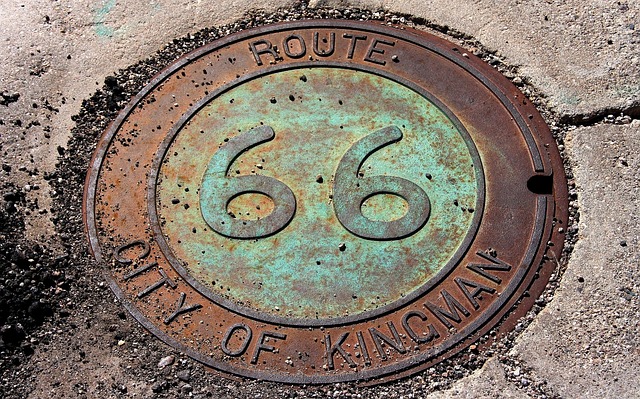Cities can revitalize dormant railroad tracks and right-of-ways as cultural spaces, preserving local history while offering new engagement and educational opportunities through museum exhibits and immersive experiences centered around railway eras. By repurposing real estate dedicated to rail transportation, communities create vibrant narratives showcasing their rich transportation heritage, attracting visitors and fostering deeper connections to their past.
Museums play a vital role in preserving local railroad history, transforming old rail lines into vibrant cultural spaces. In this article, we explore how real estate strategies have revitalized historic train routes, creating engaging exhibits that tell compelling stories. From showcasing vintage locomotives to interpreting the social and economic impact of railroads, these institutions safeguard our past, making it accessible for future generations. Discover how local legacies are celebrated through unique museum displays, offering a window into our nation’s rich transportation heritage.
Real Estate: Transforming Old Rail Lines into Cultural Spaces

In many cities, old railroad tracks and right-of-ways that once facilitated bustling transportation now lie dormant, transforming into vast stretches of underutilized real estate. This presents a unique opportunity for urban renewal and cultural development. By repurposing these former rail lines, communities can create vibrant cultural spaces that preserve local history while offering new avenues for engagement and education.
Museums play a pivotal role in this transformation, envisioning and curating exhibits that narrate the stories of bygone railway eras. These cultural institutions not only showcase historical artifacts but also integrate interactive displays and immersive experiences to captivate audiences. The conversion of real estate previously dedicated to rail transportation into museum spaces allows for engaging presentations of local railroad history, fostering a deeper connection between communities and their past.
Preserving History: Museums and Their Role in Rail Storytelling

Museums play a pivotal role in preserving local railroad history, acting as time capsules that bring stories to life. These institutions safeguard artifacts, from antique locomotives to vintage train tickets, ensuring they remain accessible for future generations. By showcasing this heritage, they spark curiosity and inspire appreciation for the rich transportation tapestry woven into communities’ past.
In the context of real estate, museums also serve as cultural landmarks, attracting visitors who are eager to immerse themselves in history. Well-curated exhibits transform mundane spaces into vibrant narratives, weaving together the social, economic, and technological threads that shaped local landscapes over time, including their railroad networks.
Local Legacies: Uncovering Railroad Heritage Through Displays

Local museums play a pivotal role in preserving and showcasing the rich railroad history that often shapes the very fabric of communities. These institutions transform former train stations, warehouses, or even sections of abandoned tracks into captivating displays that narrate the region’s journey through time. By doing so, they not only safeguard an integral part of local legacies but also offer visitors a unique glimpse into the past.
Through immersive exhibits, artifacts, and interactive experiences, museums bring to life the stories of pioneering railroads that once defined the landscape. From vintage locomotives and hand-cranked signals to maps and photographs, these displays transport folks back in time, allowing them to connect with their heritage. Moreover, by showcasing the real estate and architectural remnants of this era, museums offer a tangible link to the past, making local history more accessible and engaging for both residents and tourists alike.






